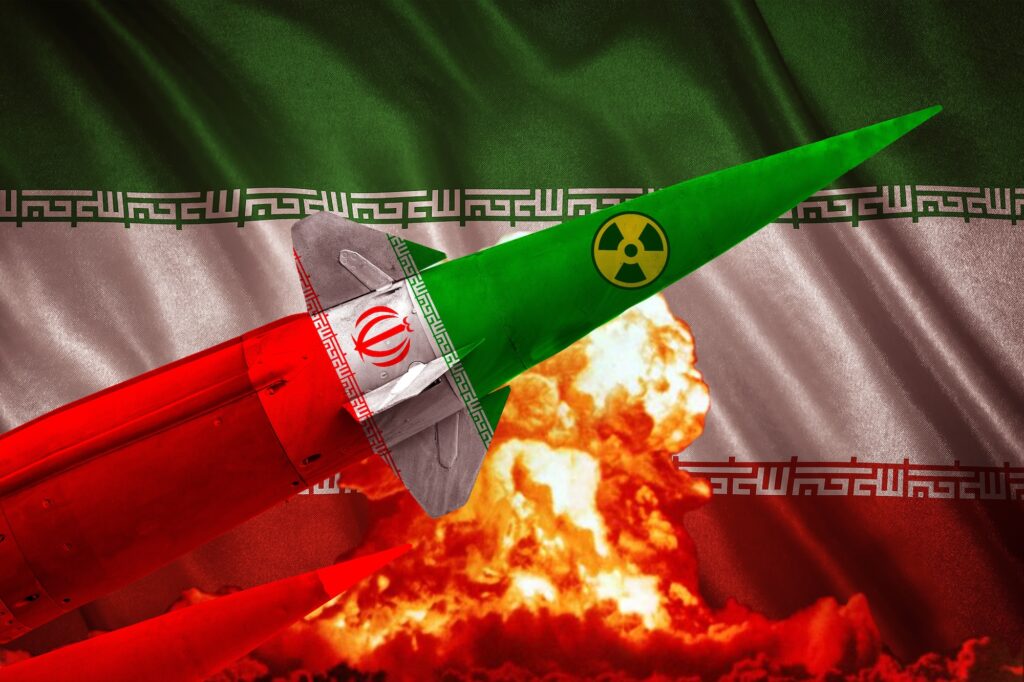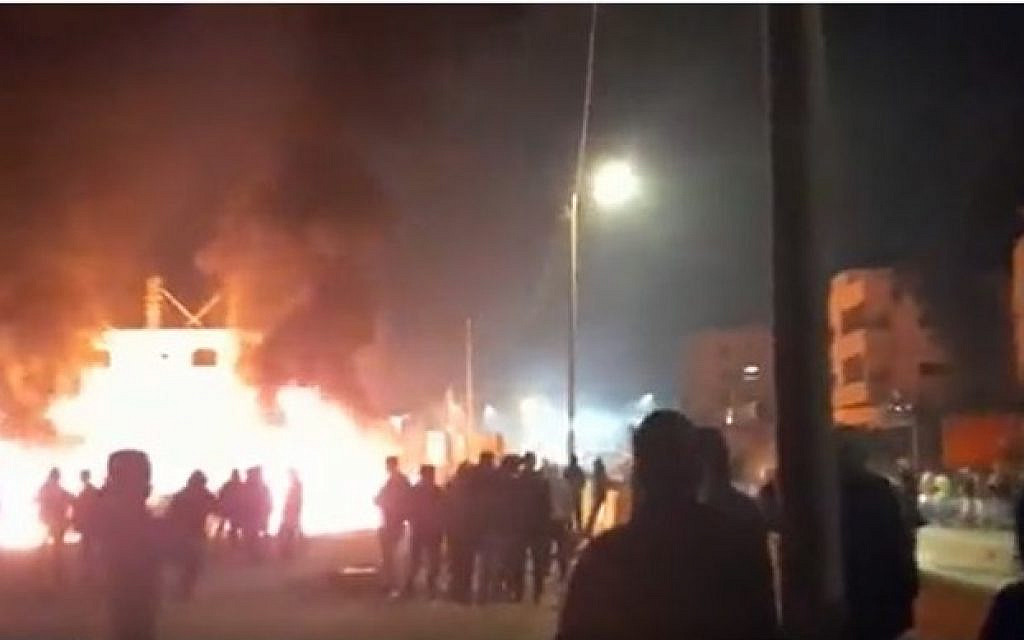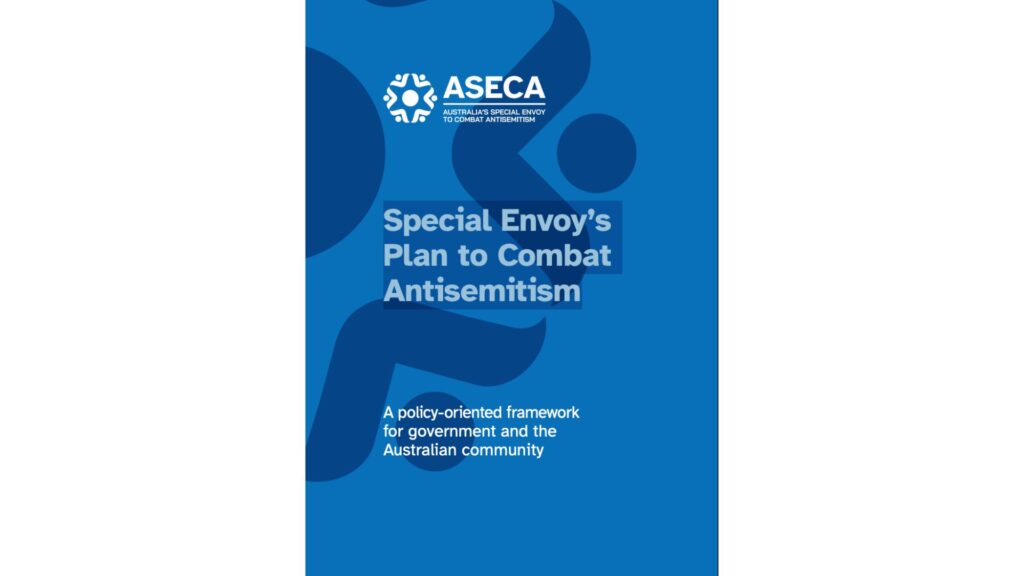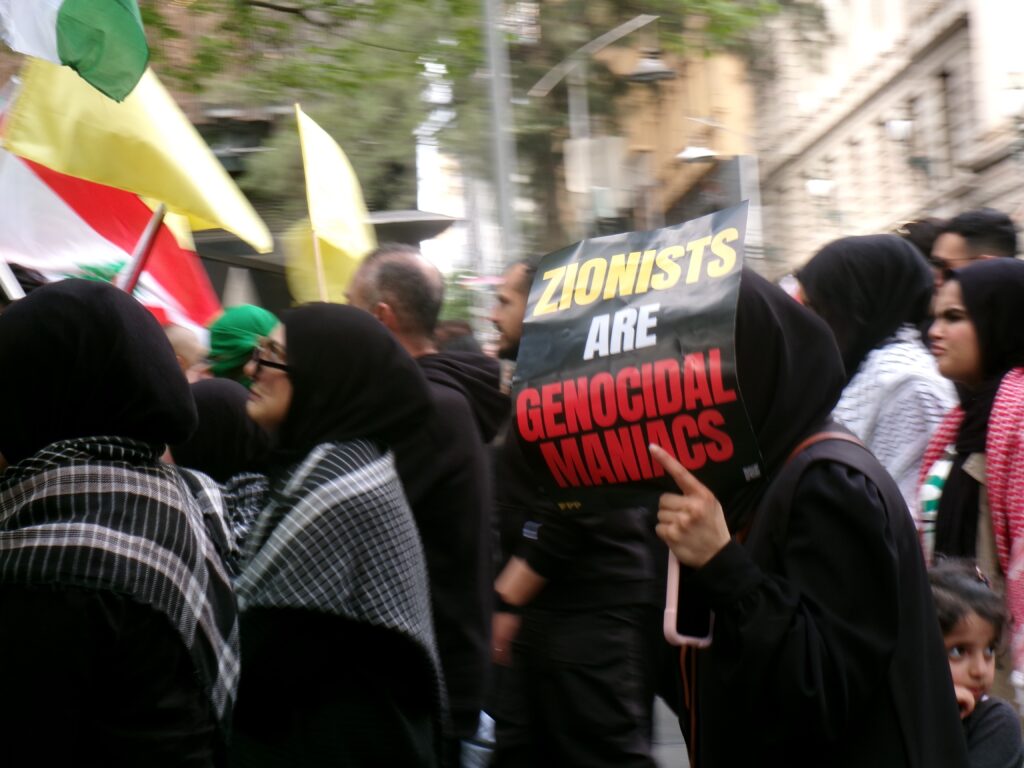IN THE MEDIA
Cardinal Edward Cassidy became a champion of Jewish people
April 19, 2021 | Jeremy Jones

The Australian – APRIL 19, 2021
Cardinal Edward Idris Cassidy, whose funeral will be held at St Mary’s Cathedral in Sydney on Monday, had a reputation for being down to earth, with a no-nonsense style that earned him respect and affection. But no one was ever left in doubt that he had a formidable intellect and immense diplomatic skill.
He had a lifetime of service and achievement, and his appointment by Pope John Paul II to the position of president of the Holy See’s Commission for Religious Relations with the Jews was an inspired decision that proved to be of immense benefit to the Vatican and to Jewish-Christian relations.
It is an understatement that he came to that position at a time of lingering distrust, a degree of confrontation and a series of unresolved issues.
Nostra Aetate, the Second Vatican Council’s Declaration on the Relation of the Church with Non-Christian Religions, issued in October 1965, had revolutionised the relationship between Catholicism and Judaism.
It set out, in a brief and simple paragraph, guidelines for how Jews were to be considered by Catholics, after two millennia of supersessionism and allegations of deicide, disrespect and contempt.
In the words of Pope Francis, on the 50th anniversary of Nostra Aetate, it “represents a definitive ‘yes’ to the Jewish roots of Christianity and an irrevocable ‘no’ to anti-Semitism”. It reversed centuries and centuries of negative standard Christian presuppositions and teachings about Jews.
In 1970, the International Catholic-Jewish Liaison Committee was established between the Vatican and the International Jewish Committee for Interreligious Consultations, with the aim of progressing the blueprint for a relationship based on co-operation, collaboration and mutual trust, which was a direct result of Nostra Aetate.
As the only Jewish Australian to have participated in meetings of the International Catholic-Jewish Liaison Committee, I was accustomed to hearing sentences beginning “Your Cardinal Cassidy”, and have been happy to be associated with a man who not just lived through the history of the reformed and thriving Catholic-Jewish dialogue, but made so much of that history happen.
He had a reputation among Jews, and his Vatican colleagues, as a great champion of the Jewish people in the many and varied battles against anti-Semitism, and I drew vicarious pleasure, as an Australian, knowing my countryman on the other delegation in the Catholic-Jewish Liaison Committee was so prominent on this issue.
But as he noted in his indispensable volume, Rediscovering Vatican II: Ecumenism and Interreligious Dialogue, Cardinal Cassidy came to office in 1989, in the midst of “The Difficult Years of Dialogue – 1987-1990”.
The World Jewish Congress identified a series of issues contributing to a strained relationship between the partners in the Catholic-Jewish Liaison Committee at the time Cardinal Cassidy assumed the presidency of the Vatican’s Commission for Religious Relations with the Jews.
These included initial Church support for the since-removed Carmelite Convent at Auschwitz and other disputes regarding understanding of the Holocaust, as well as diplomatic activities by the Vatican that were perceived as anti-Israel.
He accompanied Pope John Paul II to Auschwitz and played a leading role in driving the process of Holocaust education through the document We Remember.
Through this and in countless other activities, he was seen as playing an invaluable role in encouraging Catholics to reflect on both the horrors of the Nazi genocide and asking questions about what Catholics did, and did not, do during the Holocaust.
We Remember was far from uncontroversial and was seen by many observers as not going nearly deeply enough into the murky waters of some Church history, with the cardinal responding that it was addressed to an audience that needed to first become acquainted with the subject before it could learn lessons from it. The Vatican established full diplomatic relations with Israel during his tenure, and the correction of this political anomaly reflected well on him.
I know he was aware there were other issues that would only be resolved some time in the future, because he told me as much at a function in Sydney launching his autobiographical work, My Years in Vatican Service, in 2009.
His counsel then was that the relationship between Catholics and Jews had to always move forward, compelled by honesty and openness to new ideas, and that it had matured enough now to consider true co-operation in the interests of not just our faiths but of humanity.
His legacy included not just the hearts he touched, and the minds he changed, but the foundations he built for understanding and collaboration between all peoples, for the good of humanity.
May his memory always be a blessing.





